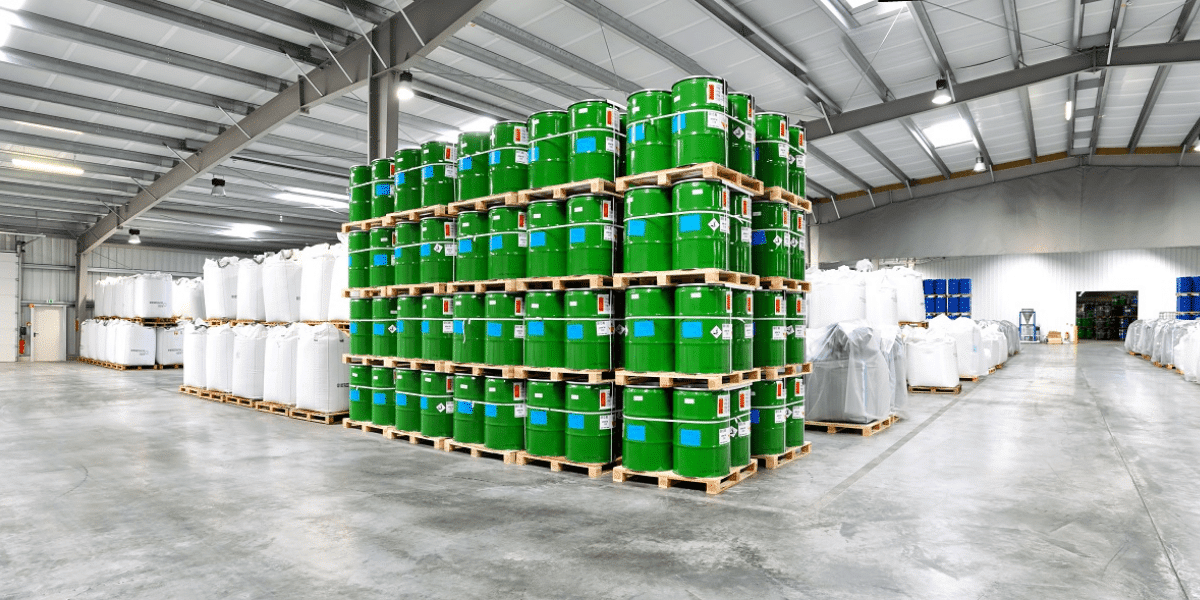Propyl bromide (a.k.a. n propyl bromide and NPB) is a cleaning agent that widely replaced older, chlorinated solutions that contain chlorofluorocarbons and perchloroethylene. However, while propyl bromide may have a better safety profile than some of its counterparts, it isn’t “safe” to use in the conventional sense of the word. In fact, the cleaner’s safety data sheet (SDS) provides plenty of reasons to identify and implement a safer cleaning solution.
Hazards
The propyl bromide SDS lists several “hazard statements” associated with the use of the cleaning agent. These statements are as follows: harmful if swallowed, causes eye irritation, may cause respiratory tract irritation, may cause drowsiness or dizziness, suspected of causing cancer by inhalation, and harmful to aquatic life with long-lasting effects. These hazards are more than enough to motivate NPB replacement.
First Aid
The propyl bromide SDS states that exposure to the cleaning agent requires first aid attention, specifically if the cleaner contacts the skin or eyes, is inhaled, or is ingested. Furthermore, the document notes that those who perform first aid measures are themselves at risk for needing first aid due to chemical transference. First aid for skin contact may be addressed at the work site with soap and water. Inhalation or ingestion may require professional medical treatment.
Exposure Control
The propyl bromide SDS lists various exposure control limits for NPB. The American Conference of Governmental Industrial Hygienists (ACGIH) currently lists the accepted exposure limit as 0.1 ppm as an 8-hour time-weighted average, while the California Occupational Safety and Health Administration sets the permissible exposure limit at 5 ppm. Exposure limits differ between regulatory organizations. In all cases, however, the exposure limit is quite low.
Reactivity
NPB’s reactivity is also addressed by the propyl bromide SDS. The cleaning agent is not sensitive to mechanical impact but is “dangerously reactive” with strong oxidizing agents, strong alkalies, and alkali metals. In addition, NPB is reactive with finely powdered aluminum. NPB is chemically stable to the degree that it will not polymerize. However, as mentioned above, its thermal decomposition rapidly creates the corrosive, diatomic molecule hydrogen bromide.
Toxicity
The propyl bromide SDS states that “prolonged or repeated exposure” to NPB can cause dermatitis and notes that vapor from the cleaning agent can be neurotoxic. The ACGIH recognizes the cleaning agent as an animal carcinogen that is “reasonably anticipated to be a human carcinogen.” Due to NPB’s widespread use, the effects of acute and chronic exposure are quite well-known, and serve as a major motivator for the EPA’s push to ban the agent.
Need a Propyl Bromide Replacement?
If so, now is the time to start searching for replacement solutions, and Ecolink is the place to search. We’ve helped thousands of companies and organizations implement safe alternatives to propyl bromide cleaners that deliver the same cleaning power. In doing so, we’ve also helped many of these entities save money by mitigating the expenditures that surround the use of dangerous cleaning solvents, such as buying high-level personal protective equipment (PPE).
The propyl bromide SDS spells doom for the continued use of propyl bromide cleaners. Eventually, almost all of them that are routinely used for commercial and industrial cleaning operations will be replaced by cleaning agents that have fluorinated blends (e.g., HFC, HFE and HFPO), or blends that have similarly acceptable safety profiles and usage parameters.
For more information about NPB replacements, call us today at (800) 563-1305 to schedule a free evaluation of your cleaning needs, or refer to the contact page on our website.















